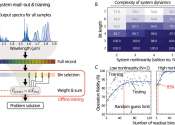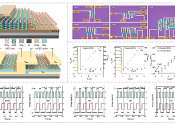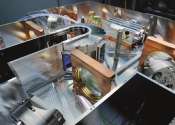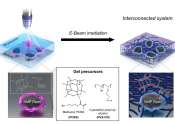Neural networks made of light: Research team develops AI system in optical fibers
Artificial intelligence is pivotal in advancing biotechnology and medical procedures, ranging from cancer diagnostics to the creation of new antibiotics. However, the ecological footprint of large-scale AI systems is substantial. ...
Feb 21, 2024
0
163









